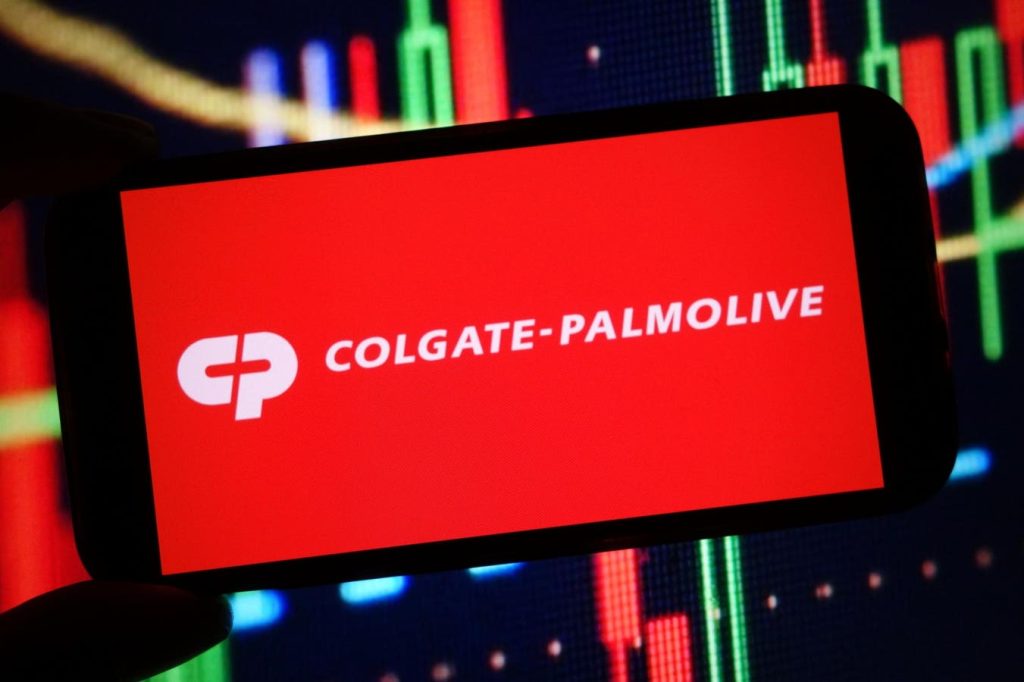Colgate-Palmolive (CL) vs. Kimberly-Clark (KMB): A Comparative Analysis Favoring CL
Colgate-Palmolive (CL) and Kimberly-Clark (KMB) are two prominent players in the consumer goods sector. While both companies have experienced subpar stock performance compared to the broader market, a detailed analysis reveals CL’s superior position for future growth and profitability. This analysis suggests CL is a more attractive investment option compared to KMB, based on a comprehensive evaluation of historical performance, financial health, and future growth prospects.
Historical Performance and Market Context:
Both CL and KMB stocks have underperformed the S&P 500 over the past four years. CL’s returns have been inconsistent, ranging from a slight gain to marginal losses, while KMB has seen similar stagnation. In contrast, the S&P 500 has experienced significant growth during the same period. This underperformance highlights the need for investors to carefully consider company-specific factors rather than relying solely on market trends. In comparison, diversified, high-quality portfolios, such as the Trefis High Quality Portfolio, have demonstrated the potential for superior risk-adjusted returns by focusing on companies with strong fundamentals.
Revenue Growth and Segment Analysis:
A key differentiator between CL and KMB is their revenue growth trajectory. CL has consistently outpaced KMB in revenue growth, driven by its diverse product portfolio and strategic focus on the rapidly growing pet nutrition segment. This segment, along with successful pricing strategies, has contributed significantly to CL’s overall revenue expansion. While KMB has also benefited from price increases, its volume growth has been stagnant, hindering its overall revenue performance. CL’s broader product portfolio and ability to capitalize on emerging market trends, such as the increasing demand for pet care products, positions it for continued growth.
KMB, primarily focused on paper-based consumer products, faces challenges in a market characterized by evolving consumer preferences and increasing competition. While its personal care segment contributes significantly to its revenue, the company’s dependence on this segment makes it vulnerable to market fluctuations and shifts in consumer demand. This dependence on a single dominant segment, coupled with limited volume growth, contrasts with CL’s more diversified revenue streams and presents a potential risk to KMB’s future performance.
Profitability and Financial Stability:
CL also demonstrates superior profitability compared to KMB. While both companies have experienced a decline in operating margins in recent years, CL maintains a consistently higher margin, indicating greater operational efficiency and pricing power. This difference in profitability is a crucial factor in assessing the long-term financial health and investment potential of both companies. CL’s higher operating margin allows for greater reinvestment in research and development, marketing, and expansion, further solidifying its position in the market.
In terms of financial stability, CL holds a stronger position with a lower debt-to-equity ratio and a higher cash-to-assets ratio. This indicates a more conservative financial approach, providing CL with greater flexibility and resilience in navigating economic uncertainties. KMB’s higher debt levels and lower cash reserves may limit its ability to invest in growth initiatives and could pose a risk in a volatile economic environment. CL’s robust financial position provides a solid foundation for future growth and enables the company to withstand potential economic downturns.
Future Prospects and Valuation:
Looking ahead, CL is expected to continue its growth trajectory, driven by pricing gains, volume growth, and expansion in key segments like pet nutrition. While foreign exchange headwinds pose a potential challenge, CL’s diverse global presence and strong brand portfolio mitigate this risk. In contrast, KMB’s future prospects appear less promising, with forecasts projecting flat revenue growth. This stagnation is primarily attributed to expected declines in sales, partially offset by slight recoveries in subsequent years. The combination of subdued volume and pricing growth, coupled with the impact of foreign exchange fluctuations, casts a shadow over KMB’s near-term outlook.
Despite its superior performance and growth prospects, CL’s valuation remains reasonable relative to its historical average and its peer, KMB. This suggests that CL stock offers a compelling investment opportunity with potential for significant upside. KMB’s valuation, while aligned with its historical average, reflects the company’s limited growth potential and inherent challenges in its core markets. Considering the disparity in growth projections, CL’s current valuation presents a more attractive entry point for investors seeking long-term capital appreciation.
Investment Recommendation:
In summary, a comprehensive comparison of CL and KMB reveals that CL is the more attractive investment option. Its superior revenue growth, higher profitability, stronger financial position, and promising future prospects position it for continued success. While both companies face external challenges, such as fluctuating exchange rates and evolving consumer preferences, CL is better equipped to navigate these complexities and capitalize on emerging market opportunities. For investors seeking exposure to the consumer goods sector, CL offers a compelling combination of growth, stability, and value, making it a preferred choice over KMB. KMB, while currently trading at a lower valuation, faces headwinds that may limit its future growth potential, making CL the more compelling investment opportunity for long-term investors.

